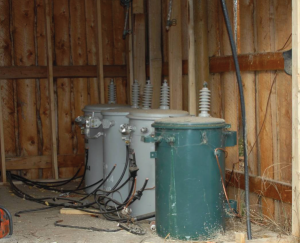Fires, whether in urban areas, the wildland–urban interface (WUI) or on undeveloped land, create significant losses in Canada. The risk associated with fire varies across urbanization, land use, fire services, vegetation, weather, and other factors. From mega–cities to suburban neighbourhoods to remote communities, the risk associated with fire and the response to fire events differs substantially. The underlying risk is also evolving due to both shifting populations and climate change. To better understand fire risk, the Canadian Association of Fire Chiefs, the Council of Canadian Fire Marshals and Fire Commissioners, the Canadian Safety and Security Program, and Public Safety Canada, with the assistance of Statistics Canada, launched a program in 2015 to collect and standardize fire information statistics from across the country. The National Fire Information Database (NFID) program was created to gather and unify over a decade of fire related information from across the entire country to create Canada’s first national system of fire statistics. The overarching goal of this collaboration is to create a database to enable researchers to gain a greater understanding of the nature and extent of fire incidents across the country.




